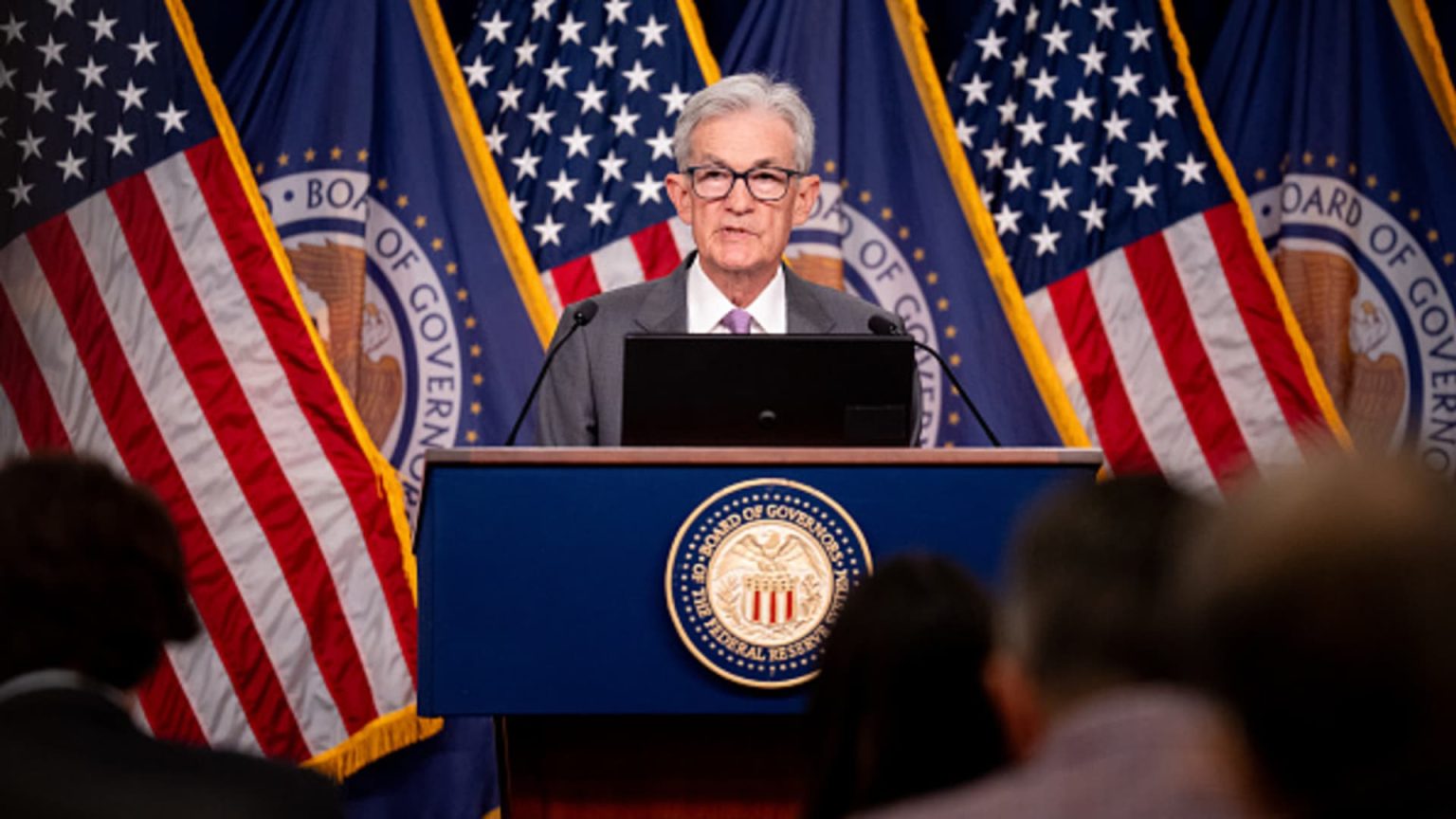Federal Reserve officials met in July and came close to agreeing on a rate reduction, but ultimately held off, with many indicating that a September cut was likely. While all voters on the rate-setting committee agreed to keep rates steady, some members favored starting to ease policy in July. A quarter percentage point reduction in rates was considered by some due to recent progress on inflation and a rising unemployment rate. The Fed indicated that a September cut was probable if economic data continued to align with expectations, with markets already pricing in such a move.
The July meeting minutes showed that officials had confidence in the direction of inflation, which was moving closer to the Fed’s 2% target. However, concerns were raised about the labor market and the challenges faced by lower-income households. Some officials noted that reported payroll gains may have been overstated and expressed worries about a potential deterioration in labor market conditions. The Bureau of Labor Statistics later revised nonfarm payroll numbers, indicating an overstatement of job gains by more than 800,000. The committee stated that risks to the employment goal had increased, while inflation risks had decreased.
Following the Fed meeting, markets initially rose but later dropped amid concerns that the central bank was slow in easing monetary policy. Data releases, including an unexpected spike in unemployment claims and contraction in the manufacturing sector, further heightened worries about the economy. Calls for the Fed to cut rates quickly grew, with some suggesting an intermeeting move to address concerns of a rapidly deteriorating economy. However, subsequent data releases showed improvement, with jobless claims decreasing, inflation easing, and retail sales data better than expected, calming fears of economic pressure.
Despite the temporary panic in the markets, more recent indicators have pointed to stresses in the labor market, with traders largely expecting the Fed to begin cutting rates in September. The July meeting minutes indicated that policy may be eased if economic data aligns with expectations, particularly in terms of inflation and the labor market. The Fed remains cautious about the risks to the employment goal and inflation goal, with concerns raised about a potential deterioration in labor market conditions. Overall, the Fed’s decision-making process reflects a delicate balance between the need to support economic growth and the prudence needed to manage risks in the current environment.


